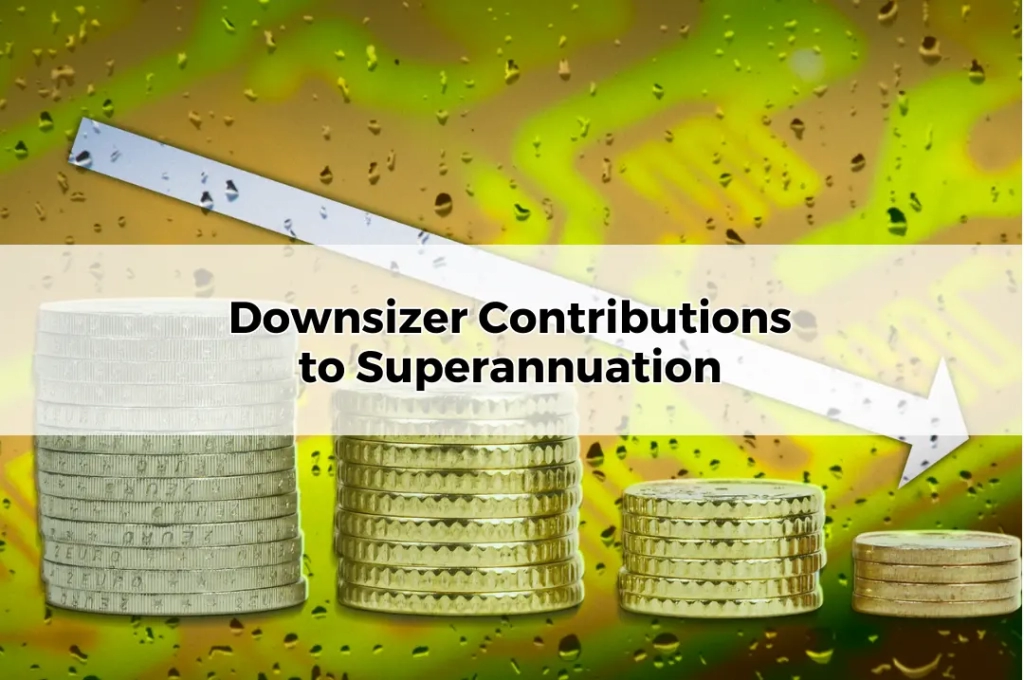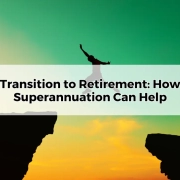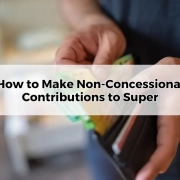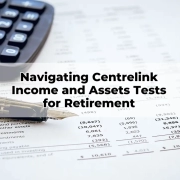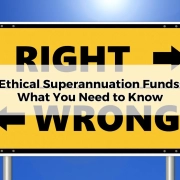Downsizer Contributions to Superannuation
Table of Contents
ToggleSuperannuation is a cornerstone of retirement planning in Australia, providing a tax-effective way to save for the future. As Australians approach retirement, many seek strategies to maximise their superannuation balance. One such strategy is the downsizer contribution, introduced by the Australian government to help older Australians boost their superannuation savings. This article delves into the specifics of downsizer contributions, explaining how they work, who is eligible, and the potential benefits and considerations for those looking to enhance their retirement funds.
What Are Downsizer Contributions?
Downsizer contributions are a type of superannuation contribution that allows eligible Australians aged 55 and over to contribute up to $300,000 from the sale of their home into their superannuation. This contribution is an attractive option for those looking to downsize their property and use the proceeds to bolster their retirement savings. Unlike other superannuation contributions, downsizer contributions do not count towards the standard contribution caps, providing a unique opportunity for those nearing or in retirement to increase their superannuation balance significantly.
How Downsizer Contributions Work
The process of making a downsizer contribution begins with the sale of an eligible property. Once the property is sold, the proceeds can be contributed to your superannuation fund as a downsizer contribution, provided certain conditions are met. This contribution must be made within 90 days of receiving the proceeds from the sale, typically the settlement date. It’s important to notify your superannuation fund that the contribution is a downsizer contribution, as this ensures it is treated correctly under superannuation rules.
Eligibility Requirements for Downsizer Contributions
To be eligible to make a downsizer contribution, you must be 55 years of age or older at the time of the contribution. Additionally, the property being sold must have been owned by you or your spouse for at least 10 years prior to the sale. The property must also be located in Australia and must have been your primary residence for all or part of the ownership period. Furthermore, the downsizer contribution can only be made from the proceeds of the sale of a property that is not subject to the small business CGT concessions.
Benefits of Downsizer Contributions
One of the primary benefits of downsizer contributions is the ability to significantly increase your superannuation balance, potentially boosting your retirement income. For those who have not been able to contribute as much to their superannuation over the years, this opportunity can be a game-changer. Additionally, downsizer contributions are not counted towards the concessional or non-concessional contribution caps, allowing you to contribute more than would otherwise be possible under standard superannuation rules. This can lead to substantial tax benefits, particularly in retirement when superannuation income is typically taxed at a lower rate.
Contribution Limits and Rules
The maximum downsizer contribution you can make is $300,000 per person, or $600,000 for a couple. It’s important to note that the contribution amount cannot exceed the total proceeds from the sale of the property. Additionally, while downsizer contributions are exempt from the standard contribution caps, they are still subject to the transfer balance cap, which limits the amount of superannuation that can be transferred into a retirement income stream. Understanding these limits and rules is crucial for ensuring that you make the most of your downsizer contribution opportunity.
Tax Implications of Downsizer Contributions
Downsizer contributions are treated as non-concessional contributions for tax purposes, meaning they are not taxed when added to your superannuation fund. However, they do count towards your transfer balance cap, which could impact your ability to start or add to a pension account. If your total superannuation balance exceeds the transfer balance cap, any excess may need to be withdrawn or kept in an accumulation account, where earnings are taxed at a concessional rate of 15%. It’s essential to consider these tax implications when planning your downsizer contribution strategy.
Impact on Age Pension Eligibility
Making a downsizer contribution can have implications for your Age Pension eligibility. Since downsizer contributions are added to your superannuation balance, they are included in the assets test for the Age Pension. This could potentially reduce or eliminate your Age Pension entitlements if your total assets exceed the allowable limits. However, with careful planning, it’s possible to manage the impact on your pension, such as by considering the timing of the contribution or exploring other income streams to supplement your retirement income.
Using Downsizer Contributions for Estate Planning
Downsizer contributions can also play a role in estate planning. By transferring funds into your superannuation, you can potentially reduce the value of your estate that is subject to estate taxes, depending on how your superannuation is structured and who your beneficiaries are. Superannuation can be passed on to beneficiaries either tax-free or with minimal tax implications, depending on their relationship to you. This makes downsizer contributions a valuable tool for those looking to leave a legacy for their loved ones.
Common Pitfalls to Avoid
While downsizer contributions offer significant benefits, there are also potential pitfalls to be aware of. One common mistake is misunderstanding the eligibility criteria, such as the ownership period of the property or the specific conditions that must be met. Another pitfall is missing the 90-day deadline for making the contribution, which could result in the contribution being ineligible. Additionally, not fully considering the impact on your Age Pension or exceeding the transfer balance cap can lead to unintended financial consequences. Careful planning and consultation with a financial adviser can help avoid these issues.
How to Get Started with Downsizer Contributions
If you’re considering making a downsizer contribution, the first step is to assess your current financial situation and retirement goals. Before selling your property, it’s important to understand how the proceeds will fit into your overall retirement strategy. Consulting with a financial adviser can provide valuable insights and help you navigate the process. Your adviser can assist with ensuring all eligibility criteria are met, timing the contribution correctly, and making sure the contribution aligns with your broader financial plan.
Conclusion
Downsizer contributions present a unique opportunity for older Australians to boost their superannuation savings and enhance their retirement income. By understanding the rules, benefits, and potential pitfalls, you can make informed decisions that align with your financial goals. Whether you’re looking to increase your superannuation balance, manage tax implications, or plan your estate, downsizer contributions can be a valuable tool. For residents of Toowoomba, working with a knowledgeable financial adviser is key to successfully implementing this strategy and ensuring a secure financial future.

